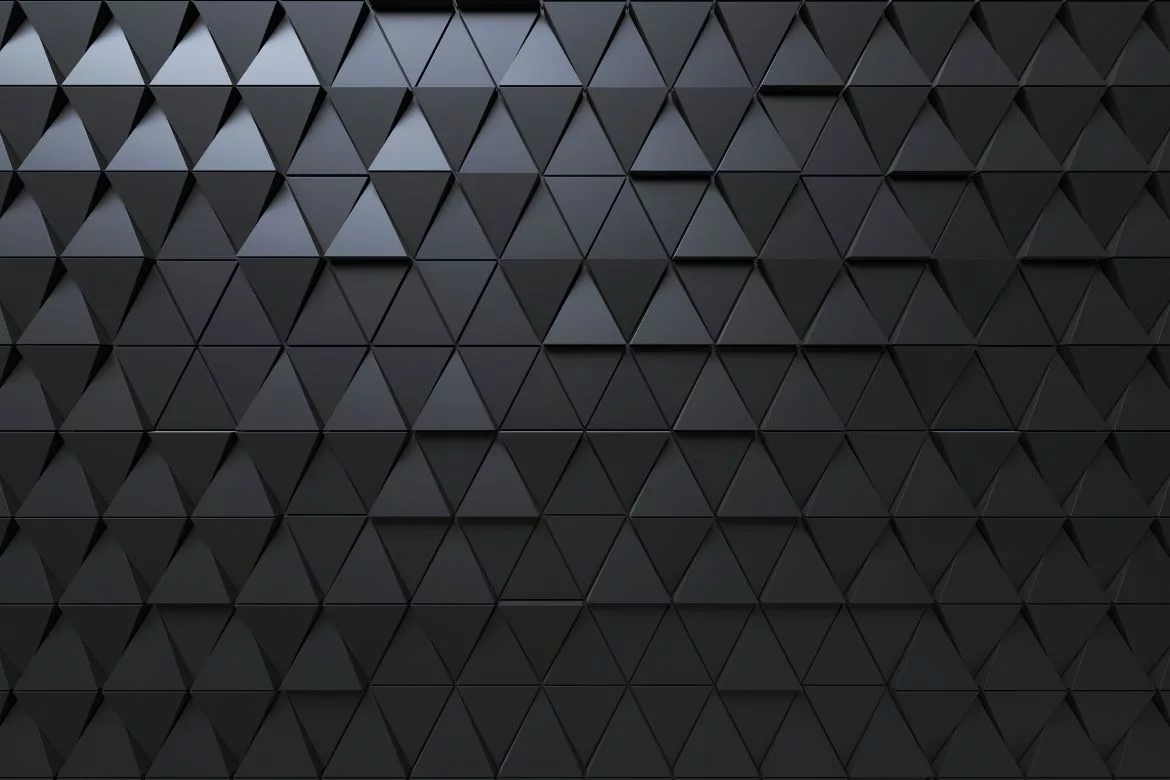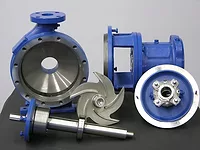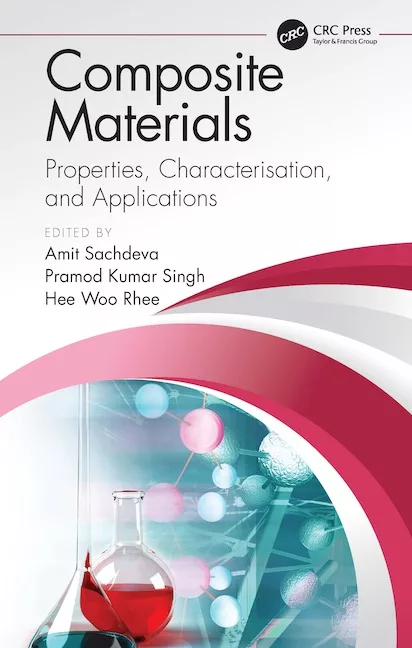DLC Coatings Decrease the COF of Many Different Materials

lena_serditova, iStock / Getty Images Plus, via Getty Images.
DLC stands for diamond-like carbon coatings, which are characterized by their high wear, abrasion, and corrosion resistance. DLC became very popular in the market after using them in many applications that need the above-mentioned features of high abrasion and wear resistance, like the case of CNC machining.
In this article, we will learn more about DLC coatings including types, mechanical properties, coefficient of friction, surface properties, electrical properties, corrosion resistance properties, and, finally, their uses in CNC metal parts.
What is DLC?
DLC or diamond-like carbon coatings are nanocomposite coatings that can be deposited on the surface of metals, alloys of metals, glasses, plastics, and more. Consequently, they give a combination of high hardness and high wear resistance to the substrate materials and render them suitable to be used in high-wear applications.
Carbon exists in two allotropic forms: diamond and graphite crystal structures. Each form exhibits different properties. The diamond form exhibits high wear resistance and high hardness, which is why they are used in high-wear applications. But on the other side, the graphite exhibits soft and lubricious properties, which is why they are used in bearings that require self-lubrication materials.
DLC can be applied by using many deposition techniques including physical vapor deposition technique (PVD) and plasma-assisted chemical vapor deposition (PACVD). When they are used to deposit DLC at low-substrate temperatures (lower than 200 °C), they become suitable for both metals and plastics.
Properties of DLC Coatings
Mechanical Properties of DLC Coatings
DLC coatings are characterized by their high mechanical properties. For example, hardness can vary from a few GPa for a-C form to around 40 GPa for ta-C form. Besides, high elastic modulus or high stiffness is another property, which varies from tens of GPa for a-C form to hundreds of GPa for ta-C form. As a result of such high mechanical properties, the DLC films become harder than any metal used in industry, which gives then a unique advantage to be applied to any metal, and to protect it from any other interacting material.
Friction and Wear Properties
DLC coatings are characterized by their extremely low coefficients of friction (COF), which is attributed to their ultra-high inert or passive nature of sliding surfaces. DLC coatings have a COF against steel in the range 0.1-0.2, which is why they are strongly recommended for tribological applications like the case of CNC machining tools and cutting tools.
In addition to the lower friction coefficients, DLC coatings are characterized by their high wear resistance. DLC tools can withstand hard working conditions of high abrasion without wearing, which is good for business. DLC coatings have a wear factor in the range 1-2 *10^-8 mm/Nm.
How Do DLC Coatings Decrease the Coefficient of Friction?
DLC coatings are characterized as being solid, lubricant wear-resistant coatings with a low-friction properties. The tribological behavior of DLC coatings is strongly correlated to the film deposition technique. Recently, the tribological behavior of DLC coatings is enhanced by addition of doping elements such as silicon, nitrogen, fluorine, and various metals.
Below is a summary of how the deposition technique and the addition of the doping elements technique affect the tribological behavior of DLC coatings.
Deposition Process of DLC Coatings
There are many techniques used to deposit DLC coatings with high wear resistance and low COF. For example, the use of high-impact energy during the deposition, which induces dissociation, and consequently a more linked carbon, can cross the structure network.
With lower content of sp3 fraction, and lower hydrogen content, the lower the fraction of hydrogen bonded to carbon. Films deposited under such conditions are characterized by high hardness, with higher refraction stress and index, and a lower surface energy, with high degree of friction.
Ultralow friction and wear may be reached in UHV for DLC films when the hydrogen content is high around 40%. As a result, the DLC film deposition technique to control both wear and friction of the coating film is crucial.
Addition of Doping or Alloying Metals to DLC Coatings
Doped silicon in the DLC structure affects most of the film properties, such as a decrease of the surface energy and internal stress, in addition to the tribological behavior. In ambient humid air, friction appears to be significantly reduced (below 0.1) compared to conventional undoped DLC, which shows a comparable high wear resistance. However, this tribological behavior seems to be observed when the contact pressure remains low enough, below 1 GPa. At higher contact pressures, conventional a-C and a-C:H films cannot be surpassed. Consequently, a-C:H:Si films may be used in applications requiring both low friction (co. 1 ) and high wear resistance (< 10m7mm3 Nm-‘). Under moderate mechanical conditions, a-C:H:Si films can be used for the protection of low-stress aerospace or automotive components, such as precision ball bearings and gears, sliding bearings, and magnetic recording media.
Fluorine and silicon both induce a significant reduction of the surface energy of the DLC films. The microtribological behavior of the silicon-containing film was improved by fluorination. The surface energy is found to decrease due to fluorination. The micro-wear is reduced on an atomic scale by fluorination. Moreover, the adhesion to the silicon substrate and strength of the carbon film is greatly improved by adding small quantities of silicon. Films containing silicon also have a significantly longer lubricating life. In summary, like silicon, fluorine incorporation in the DLC structure affects the surface properties. The reduction in stress compared to conventional DLC is in the same range as with a-C:H:Si. However, the reduction in surface energy is higher with fluorine than with silicon. Highly fluorinated DLC [F/( F + C) > 0.41 appear to be soft with no wear resistance. Moderate fluorination [(F/( F + C ) < 0.21 can be controlled by the deposition conditions to obtain films with a comparable wear resistance and friction level than conventional a-C:H film, but with a lower degree of stress and surface energy.
It has been found that doped nitrogen in the DLC structure decreases the fraction of C sp3 hybridization. Indeed, the presence of the C=N and C=N bonds have often been detected by infrared or electron energy-loss spectroscopies. Consequently, the surface energy of a-C:H:N films should be significantly increased.
Conclusion
Many CNC machine parts are coated with DLC film to get the lowest wear and lower friction. DLC coatings for machining tools preserve a lot of effort due to the high machining speed gained. With the high hardness and high wear resistance, machining tools' life increased, which consequently gives a positive impact on business. That is why DLC coatings are highly recommended for machining tools.
Looking for a reprint of this article?
From high-res PDFs to custom plaques, order your copy today!








